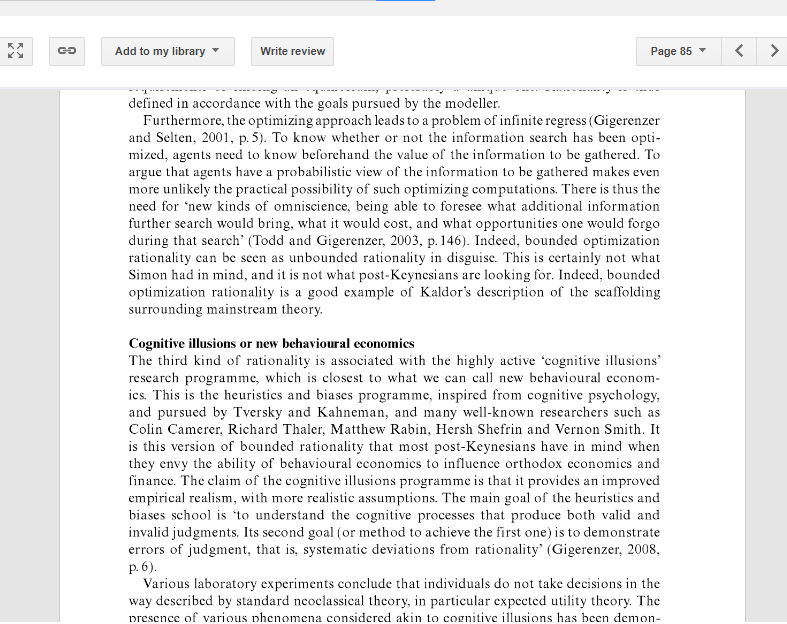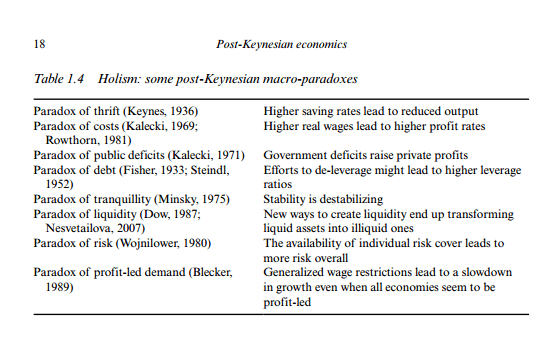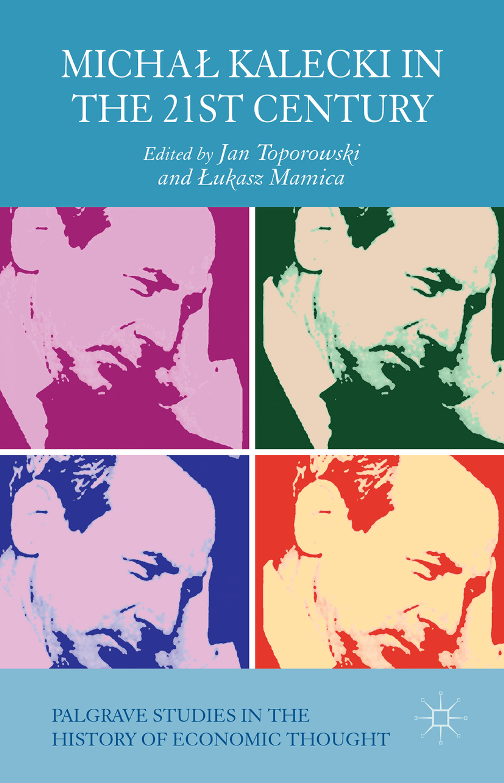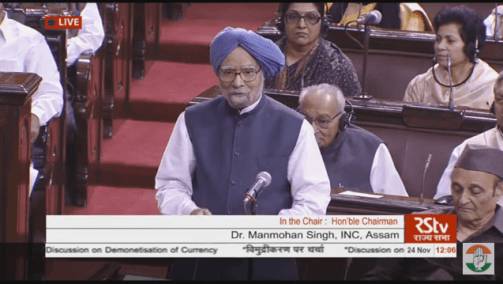At their blog, in an article titled The Economic Scars of Crises and Recessions, the IMF is now conceding that demand affects supply and that all types of recessions lead to a permanent damage to the supply side. This is known in Post-Keynesian literature as the endogeneity of the natural rate of growth.
Earlier it was thought by them that these are temporary and the economy recovers to its pre-recession trend.
In a 2016 article for the INET, Marc Lavoie had argued how these ideas were new to the mainstream but well known in the heterodox literature.
These are not special to just recessions, as the IMF authors seem to be arguing but is happening continuously, even outside recession. The 2002 paper The Endogeneity Of The Natural Rate Of Growth by Miguel A. León‐Ledesma and A. P. Thirlwall for the Cambridge Journal Of Economics is a great reference.
If there’s full employment, the rate of growth of GDP is equal to the rate of growth of the labour force plus the rate of growth of productivity. This is Harrod’s natural rate of growth. Unlike the natural rate of interest or of unemployment, this is not vacuous. Of course, below full employment, an economy can grow faster, although the actual rate of growth depends on demand always. We also know that the rate of growth of productivity depends itself on the rate of growth of the GDP. So that implies that the natural rate of growth is endogenous.
From the León‐Ledesma-Thirlwall paper:
The question of whether the natural growth rate is exogenous or endogenous to demand, and whether it is input growth that causes output growth or vice versa, lies at the heart of the debate between neoclassical growth economists on the one hand, who treat the rate of growth of the labour force and labour productivity as exogenous to the actual rate of growth, and economists in the Keynesian/post-Keynesian tradition, who maintain that growth is primarily demand driven because labour force growth and productivity growth respond to demand growth, both foreign and domestic. The latter view does not imply, of course, that demand growth determines supply growth without limit; rather, that aggregate demand determines aggregate supply over a range of full employment growth rates, and that in most countries demand constraints (related to excessive inflation and balance of payments disequilibrium) tend to bite long before supply constraints are ever reached.






